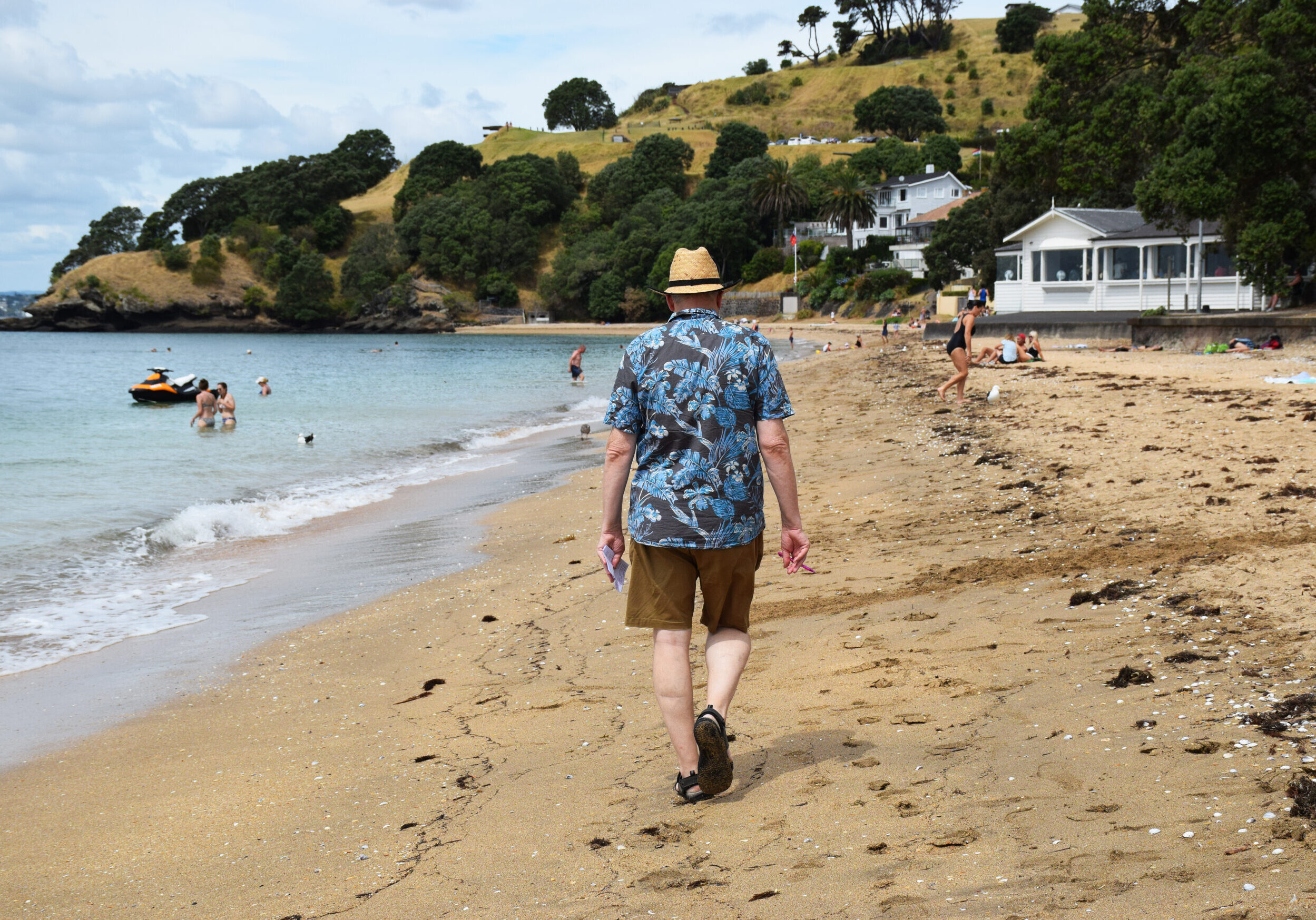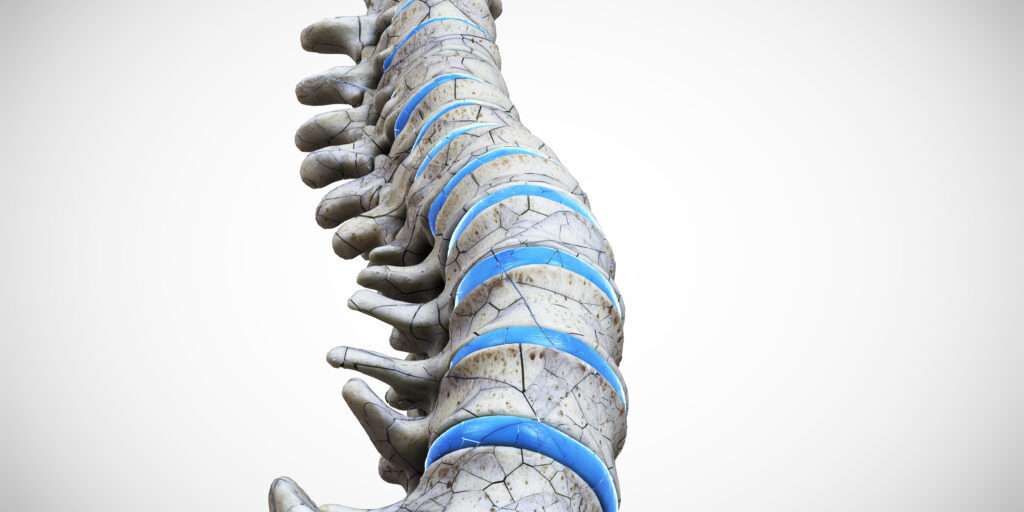Osteoporosis New Zealand (ONZ) has today published new Clinical Standards for Fracture Liaison Services (FLS) as part of a national strategy to prevent older Kiwis who sustain a fragility fracture, from experiencing recurrent fractures.
An estimated 30,000 fragility fractures occur in New Zealand each year, predominantly among Kiwis aged 50 years or over. Fragility fractures place a heavy burden on the individual affected, their family, carers, and the health and social care system at large.
According to ONZ Executive Director, Christine Gill, Wellington, New Zealand, development of the Clinical Standards involved a broad consultation process with local societies and government agencies, and leading international organisations operating in the fragility fracture prevention arena.
“We are delighted that 17 organisations have endorsed the Clinical Standards, which illustrates the broad consensus among healthcare professionals regarding the benefits that Fracture Liaison Services (FLS) bring to patient care.”
The FLS model of care strives to ensure the first fragility fracture is the last, whereby when a person presents to urgent care with a fragility fracture, they receive the necessary investigations, information, and interventions to reduce their risk of future fractures. This often includes treatment with safe and effective PHARMAC-funded treatments for osteoporosis, and referral to local falls prevention services.
FLS across New Zealand are currently working towards delivering a world-class service in line with the International Osteoporosis Foundation (IOF) Capture the Fracture® Best Practice Framework. The second edition of the Clinical Standards for FLS in New Zealand will play a vital role in supporting this nation-wide clinical quality improvement effort. Participation in the New Zealand arm of a new Australian and New Zealand Fragility Fracture Registry will enable FLS teams to benchmark the care they provide against the Clinical Standards, in real time.
CEO of the IOF, Dr. Philippe Halbout, Geneva, Switzerland, explained, “This nation-wide effort to develop universal access to IOF Gold Star-accredited FLS is a fantastic step forward for the care of people with fragility fractures in New Zealand, and a beautiful example of multi-sector collaboration, which IOF will share with colleagues throughout the world.”
New Zealand’s Accident Compensation Corporation (ACC) estimates the current 155,000 claims each year for falls and fracture-related injuries among New Zealanders aged 65 years or over costs NZD 195 million, representing a 47 per cent increase since 2013. Furthermore, ACC estimates that the costs of ‘doing nothing’ would reach NZD 400 million by 2035.
ACC Targeted Investment Manager, Paul Kennedy, Wellington, New Zealand, highlighted ACC’s ongoing commitment to FLS and other measures to reduce New Zealand’s falls and fracture incidence and severity.
“We’re working with District Health Boards across New Zealand to embed world-class FLS into the country’s health system.
“With the population of over 65s expected to continue to grow rapidly between now and at least 2038, it makes sense to invest in a programme that can enable over 65s to remain fit and well, and in doing so, reduce growing demand on New Zealand’s health system,” Mr Kennedy said.
The Australian SOS Fracture Alliance also endorsed the ONZ Clinical Standards and noted they could serve as a rallying call for similar standards to be adopted in Australia.
ONZ is the only national charitable trust dedicated to improving care and outcomes for people at high risk of developing or living with osteoporosis. To learn more about ONZ, and to download the second edition of the Clinical Standards for Fracture Liaison Services in New Zealand, visit:
https://osteoporosis.org.nz/resources/health-professionals/clinical-standards-for-fls/





